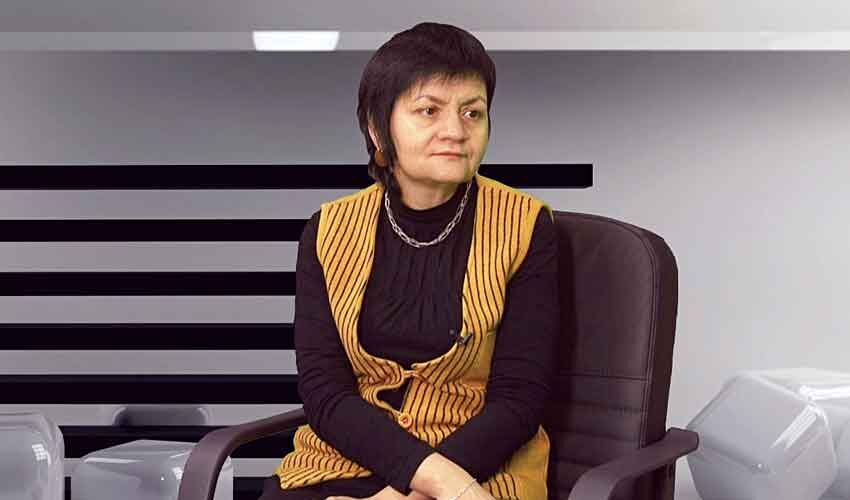
Galina Shelar
Supplies of domestic goods to foreign partners are estimated at $1.033 billion – 10% less than in the same period of 2024. That is, the reduction in sales abroad affected both exports and re-exports.
The geography of sales has also changed. In the first five months of this year, exports to CIS countries decreased by 24%, to EU countries – by 14%, and to other countries increased by 2%. As a result, the share of EU countries in the total volume decreased to 63%, to CIS countries to 6.5%, and the share of other countries increased to 30.5%.
Among the main reasons for the decline in exports: reduction of supplies to such key markets as Romania (-22%), Germany (-47.9%), Poland (-48.7%), Russia (-28.2%) and the USA (-33.5%). By commodity groups, there was a sharp drop in exports of vegetable fats and oils (-70.8%), cereals (-31.9%), fruits and vegetables (-21.9%), petroleum products (-33.8%) and a 12.3% decrease in re-exports.
At the same time, imports increased by 24%. The largest increase in imports came from the EU countries – by 34%, purchases in other countries of the world increased by 17%, and imports from CIS countries decreased by 23%.
Accordingly, the foreign trade deficit increased significantly in May 2025 – by 45%. The largest increase in the foreign trade imbalance was in trade with the EU countries – by 77%.
It is noteworthy that the imbalance in trade with Romania increased almost 14 times – from $47 million to $654 million, with Germany – by 29% and with Russia by 9%.
As a result, Moldova’s trade deficit increased by 37.5% in the first five months of this year.
In May 2025, imports exceeded exports 3.3 times, while in May 2024 it was 2.5 times, and in May 2022 – 1.9 times.
“Apparently, in trade with the countries of the Eurasian Union we have reached the bottom,” argues Galina Shelar, head of the Center for Strategic Research and Reforms, economist. – That is, there are only those goods left in trade that we really can’t do without. As for the EU states, the widely advertised openness of their markets for Moldova deceives few people. It is called “come to visit, only we will not be at home”. They need us as a sales market, and only that”.
The economist draws attention to the growth of trade with third countries: “There are so many of them, and the volumes are so small for each country that the statistics does not even list these countries. It just says “Different” (Celelalte ţări ale lumii). There are practically no strategic partners there (except Turkey).
It should also be noted that exports have been decreasing for more than two years.
“Weather conditions and the war in a neighboring country are cited as the main reasons,” says Galina Shelari. – It seems to me that the roots are deeper, and the problem is systemic. After all, before you can sell something, you have to produce it. We have export, industrial and agricultural development strategies. But all these are different documents that do not correlate with each other either on paper or in real practice. And until they (and many others) are brought together under the general heading of ‘holistic economic policy,’ the situation will not change.”
Economist Vladimir Golovatiuc believes that the decrease in exports is the cumulative result of two factors – the reduction of domestic supply of goods, i.e. the decrease in production, and the decrease in external demand for Moldovan products due to economic problems in the countries of our trade partners.
“The foreign trade deficit, especially its growth, is a serious macroeconomic problem, because it is, in fact, a net outflow of currency from the country. The incoming export proceeds are not enough to pay for imports that exceed exports. And in this case, currency from other sectors of the economy is used – the household sector, i.e. the population, or from the foreign exchange reserves of the state. Both have a negative impact on the equilibrium of the economy,” the expert says.
Indeed, despite the active inflow of foreign currency into the country (only during the last month a total of 350.91 million euros was added to the NBM accounts), the consumption of foreign currency reserves is higher.
In the first half of 2025, the foreign exchange reserves decreased from 5.247 billion euros to 5.070 billion, i.e. by 177 million euros. The main reasons for the decrease in reserves were foreign debt servicing – 337 million euros (i.e. almost all the funds that came in over the past month), strengthening of the euro – 287 million euros, and a reduction in mandatory foreign exchange reserves in kombanks – 90 million euros. As of May 31, 2025, foreign exchange reserves fell below the level of December 2023.
Inflows into the country from exporters and from migrants are also declining. As a result, over the past two months alone, the official euro-to-leu exchange rate has risen by almost 40 bani, and last week euro cash sales exceeded the psychological 20 lei mark for the first time in three years.



